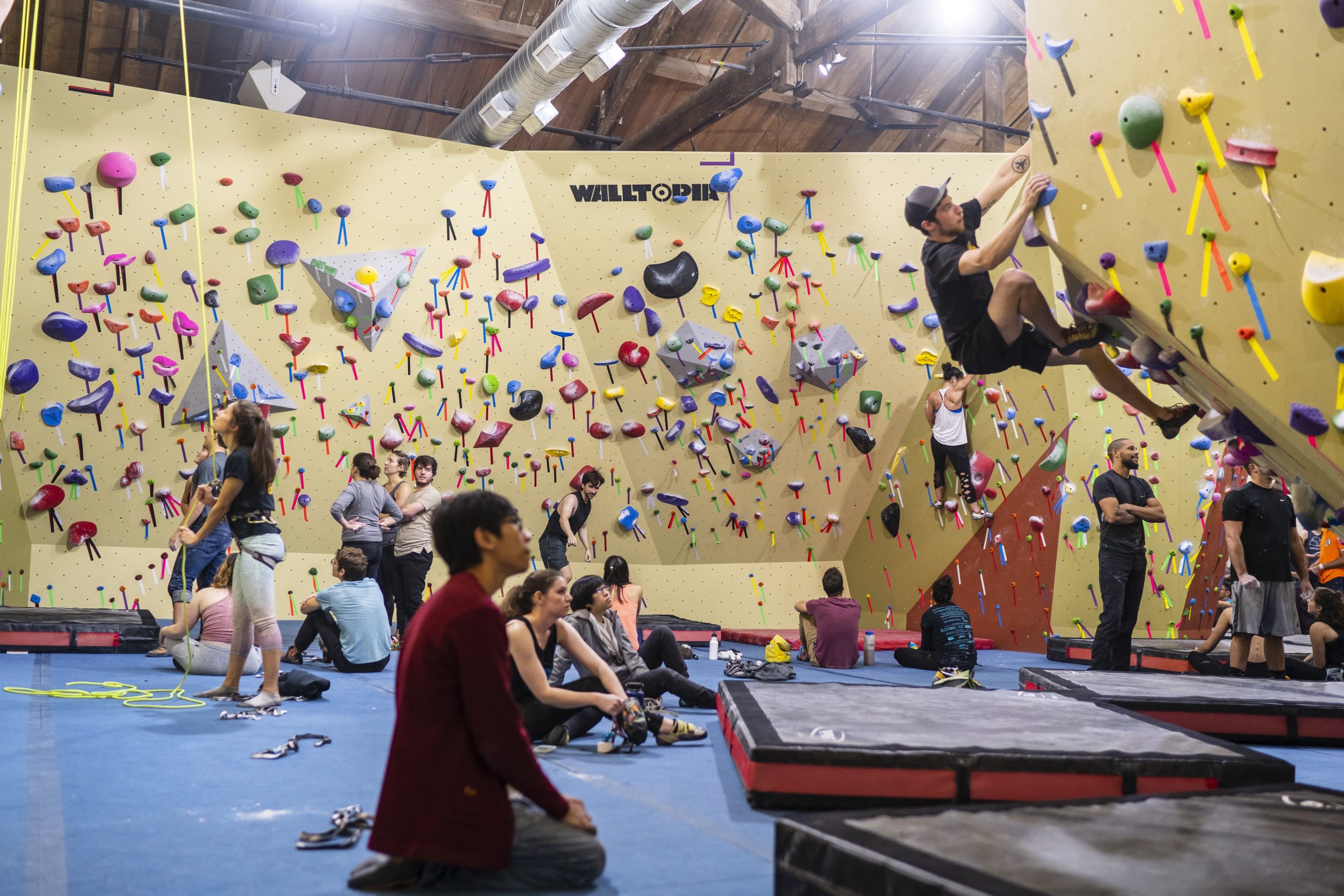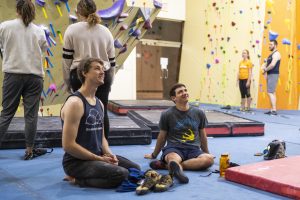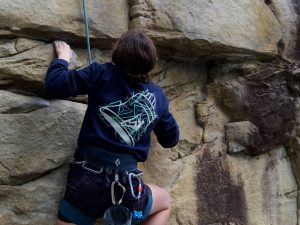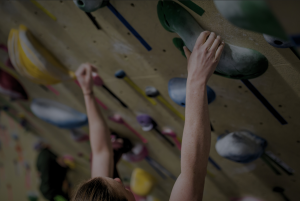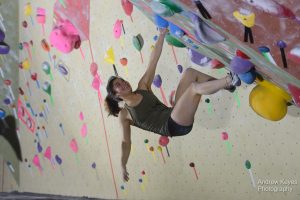Why Do We Train?
The simple answer is, of course, “we train to get better.” In terms of climbing, it means to send harder climbs.
But, while this answer is accurate, it is not terribly helpful. That’s because while it explains what motivates us to train, it does not tell us how training actually leads to meaningful, and measurable, improvements.
What Does Training Mean?
The fact is the word “training” is used in so many different contexts that it is not always clear exactly what it refers to. Not all forms of training lead to obvious improvements. An example of this is cross-training.
Another thing to keep in mind is that not all improvements come from training. Young climbers get taller. This allows them to do moves they couldn’t get when they were shorter all without even getting on the wall. Veteran climbers can go from falling on their bouldering projects to sending on the next try by getting just the right piece of beta.
How Does Training Help?
A more complete and practical answer to “why do we train?” should include not only our motivation, but what aspects of our climbing can actually be improved through training. In other words, how does training help?
The answer to this question will allow us to focus on what we can train to improve, and ignore what we cannot.
There are in fact, two broad areas we can train, and reliably improve, as climbers:
1) Building Skills (or, technique)
2) Fitness (or, strength and endurance)
We Train to Build Skills
The first, often overlooked, area of training is our skill set. This is most frequently referred to as climbing technique.
These skills make our movements on the wall effective and efficient. Without them, we couldn’t even get off the ground. These skills must be practiced, and honed, in order for us to see to improvements. In fact, without these skills, training anything else will have a disappointingly small effect on our overall performance.
Examples of technique training for climbers might include drills (like one-armed climbing or quiet feet), projecting, video taping and analysis, and onsight practice. It basically includes anything which helps us learn new skills (different moves, more efficient approaches, etc.) or improve those we already know.
One of the defining characteristics of skills, or technique, is that they are best learned, and reinforced, when you are fresh and well rested. Moreover, they improve most effectively by success. The more often you complete a move correctly the better you will repeat it in the future.
While technique is a critical area of climbing performance, it is not the subject of this article. The simple fact is that training good technique is a complicated, and fascinating topic that requires its own detailed examination. In later articles we will discuss a few tips for building some technical training into your workouts.
Let’s move on to the second area that is responsive to training.
We Train to Build Fitness
In general, training fitness is the process of “working out” to improve our overall physiological abilities. This idea is further refined by recognizing that the process by which we build fitness is qualitatively different from how we learn and enhance our skills.
If improving our technique is best done through repeated successes, building fitness only comes from climbing until you fail. As a result, fatigue and occasional exhaustion are not merely to be expected, they are a requirement in order to see results.
To go a bit further, we can break the idea of fitness into two general areas: strength and endurance.
We Train to Build Strength (and Power)
The first broad area of fitness we can train is our strength. Increasing strength and, by extension enhancing our power, provides us with the resources to do harder moves. Examples of this is to pull on smaller holds, stick better to slopers and pinches, reach further, and dyno longer.
We Train to Build Endurance
We can train to improve our endurance, which enables us to do more moves at a particular difficulty. This, in turn, provides us with the resources to spend more time sorting out sequences, climb greater distances before we become tired and fall, and even to get energy back by taking quick rests on route.
These two types of fitness, strength and endurance, and how to train them, form the core area of rock climbing training. In later articles, we will discuss how to design and build workouts to train each effectively, efficiently and with the lowest risk of injury.
All material is reprinted with the permission of the author. Copyright 2022 David H. Rowland. All rights reserved.


